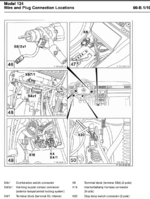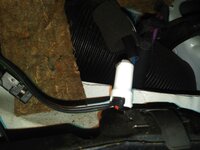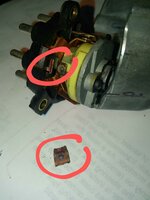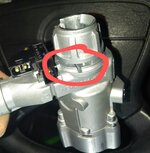This is the extraspecial M119 specific electrical diagram. I marked everything for easy reference.
Assuming the PBU is spitting out the correct voltages, you could check fuse F15 or the PK/GN wires leading up to Fuse F15 or even perhaps that same PK/GN wire leading up the contact 15X in the ignition switch (S2/1).
Also check ground point W1 which is the main ground behind the instrument cluster!!!


Assuming the PBU is spitting out the correct voltages, you could check fuse F15 or the PK/GN wires leading up to Fuse F15 or even perhaps that same PK/GN wire leading up the contact 15X in the ignition switch (S2/1).
Also check ground point W1 which is the main ground behind the instrument cluster!!!








![[500Eboard] Behind Cluster.jpeg [500Eboard] Behind Cluster.jpeg](https://www.500eboard.co/forums/data/attachments/139/139366-52366c36ff6a95a2cefa33aace8e481e.jpg?hash=UjZsNv9qla)


























